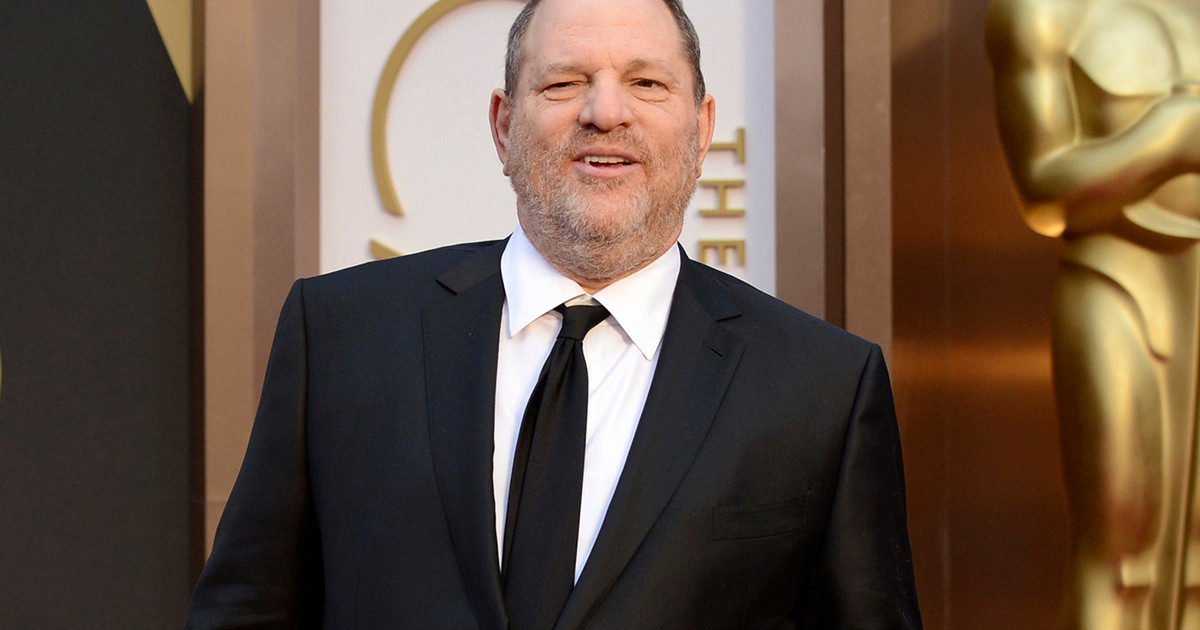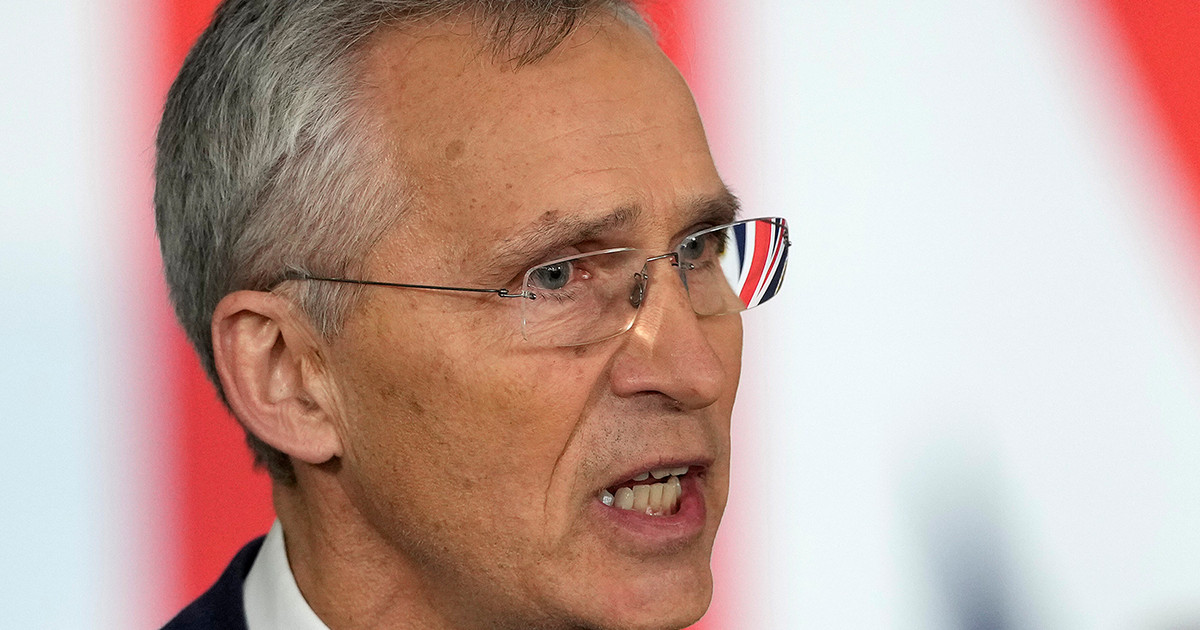By Eleftherias Kourtalis
The rally in stocks is unlikely to continue amid risks that include a recession and a new upside surprise in inflation, thus requiring the Fed to raise interest rates further and significantly, Goldman Sachs strategists warned.
As they point out in a new report, the S&P 500 has jumped 17% in eight weeks and has reached Goldman’s year-end target for the index of 4,300 points, as investors have bought into the view that the Fed will reverse its policy and the economy will achieve a soft landing.
“Index-level and intra-market performance resemble both bear market rallies and the end of Fed policy tightening cycles, but the experience of 2000 underscores the risk that the market will retreat even after the end of rate hikes if the US economy enters a recession,” as Goldman Sachs emphasizes.
Conversely, Bank of America analysts add, if inflation surprises upward and requires the Fed to raise rates more aggressively than economists predict, stock valuations will come under significant pressure as well. “Given this macro backdrop, upside for equities appears limited, while risks for a correction loom,” they note.
As GS explains, the S&P 500’s rally since June looks a lot like the typical “bear market rally,” a theme that has come up frequently in its discussions with investors.
The bank analyzed six bear markets and 17 rallies since 1981. During that time frame, the average “bear market rally” lasted 43 days and saw the S&P 500 recover 14%. The index’s 17% appreciation over the past 63 days resembles this pattern. Beneath the surface of the market, factors and sectors have also moved in line with the typical bear market rally experience.
Cyclical sectors have outperformed defenders by about the same percentage as the average of past bear market rallies, while “growth” stocks have outperformed “value” stocks, as they have historically done during these rallies. and market momentum has reversed.
According to Goldman, performances around bear market rallies and the end of Fed tightening cycles look similar, and ultimately the path of both inflation and growth will determine the market’s trajectory through the end of the year. While the S&P 500 and market sectors behave similarly in both cases, the experience of the 2000s shows the risk that the market will retreat even after the end of tightening if the US economy goes into recession and if inflation surprises upwards.
Looking ahead, upside for the S&P 500 global markets benchmark appears limited given the macroeconomic environment. Lower real interest rates could boost stock valuations, and positive earnings surprises for listed companies would also help the market, but Goldman thinks that’s unlikely, given its EPS estimate ( EPS) to be 4% lower than consensus estimates
Instead, the risks to a correction are significant, as Goldman points out. Renewed fears about the prospect of a recession are almost certain to halt the recent rally. While the U.S. economy has not yet entered a recession in 2022, GS economists estimate the probability of a recession over the next 12 months at about 1 in 3. In the event of a recession, the S&P would fall to 3,150, or nearly 26% from current levels.
Additionally, the Fed’s focus on maintaining tight economic conditions requires that stocks not rise too much. As stock valuations rise, economic conditions are easing by definition, and Goldman’s Financial Conditions Index has fallen 69 bps. from the June high, with rising equity valuations being the biggest factor in that decline.
Source: Capital
I am Sophia william, author of World Stock Market. I have a degree in journalism from the University of Missouri and I have worked as a reporter for several news websites. I have a passion for writing and informing people about the latest news and events happening in the world. I strive to be accurate and unbiased in my reporting, and I hope to provide readers with valuable information that they can use to make informed decisions.






